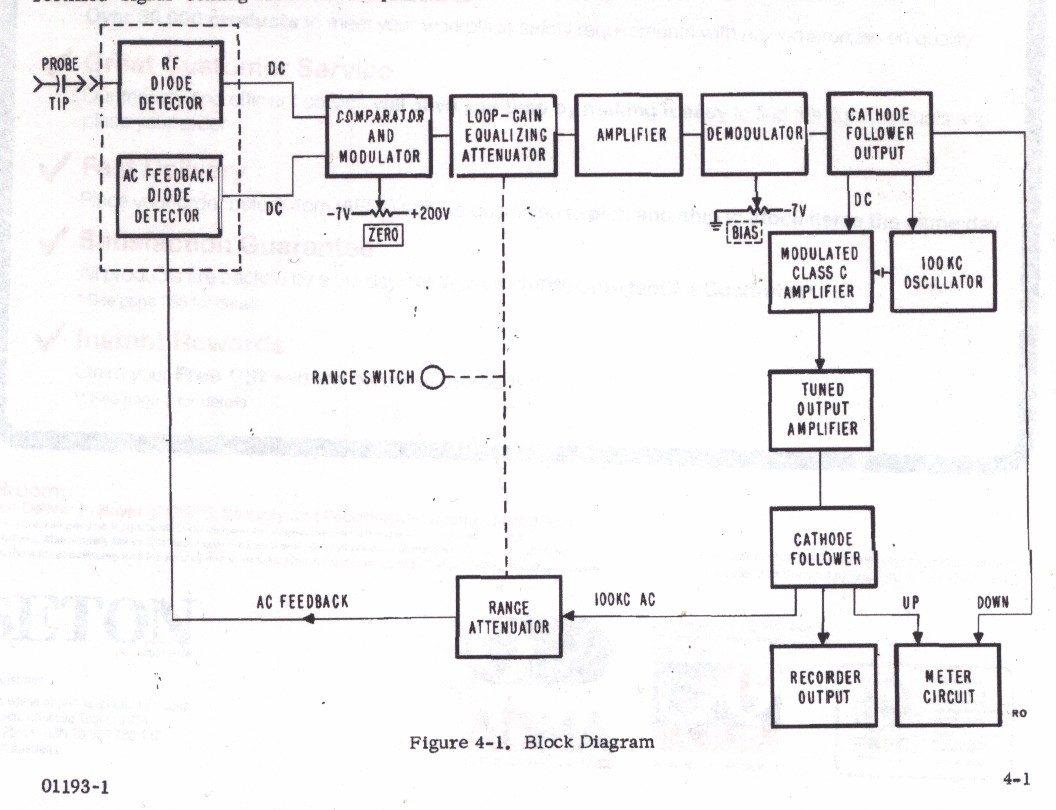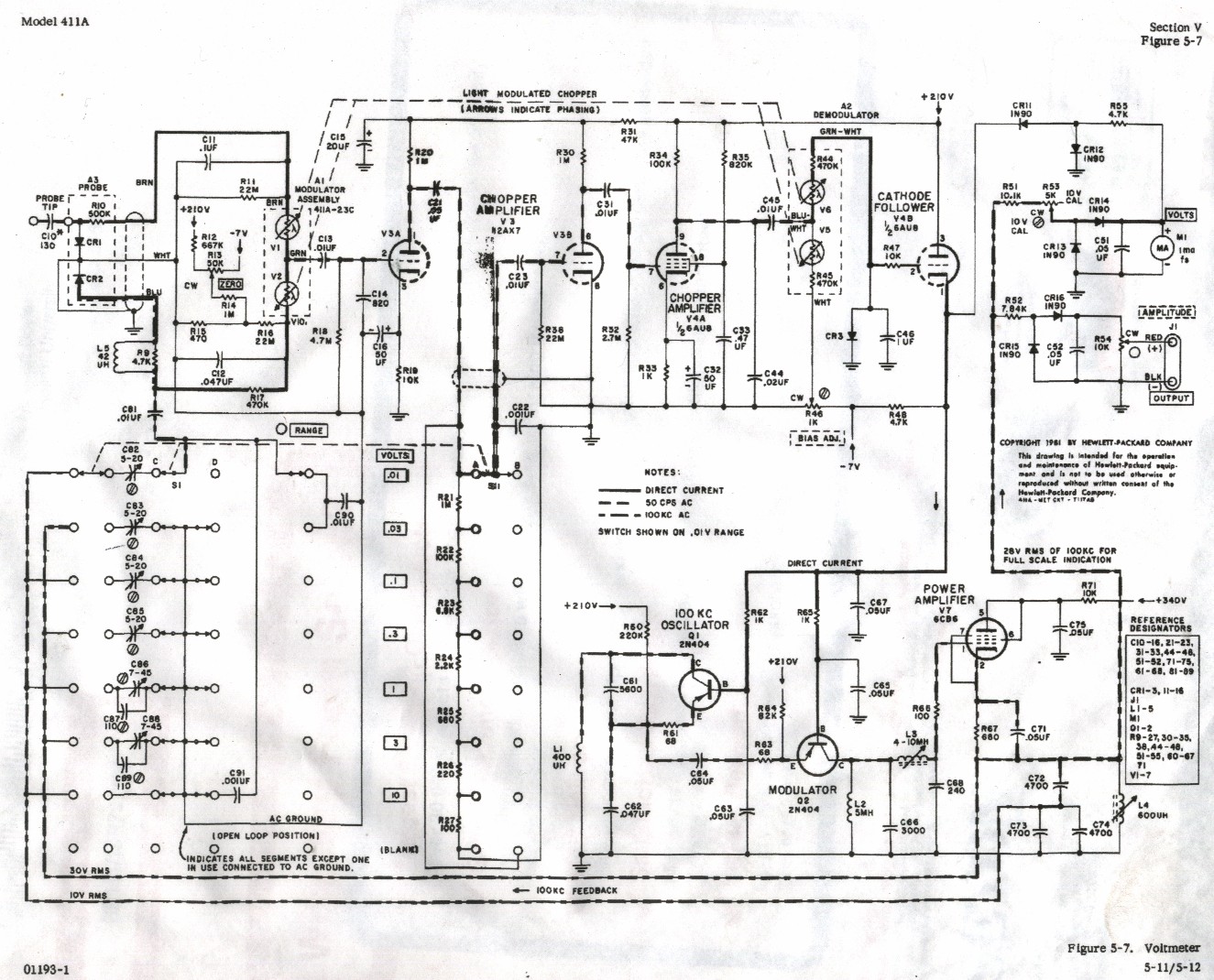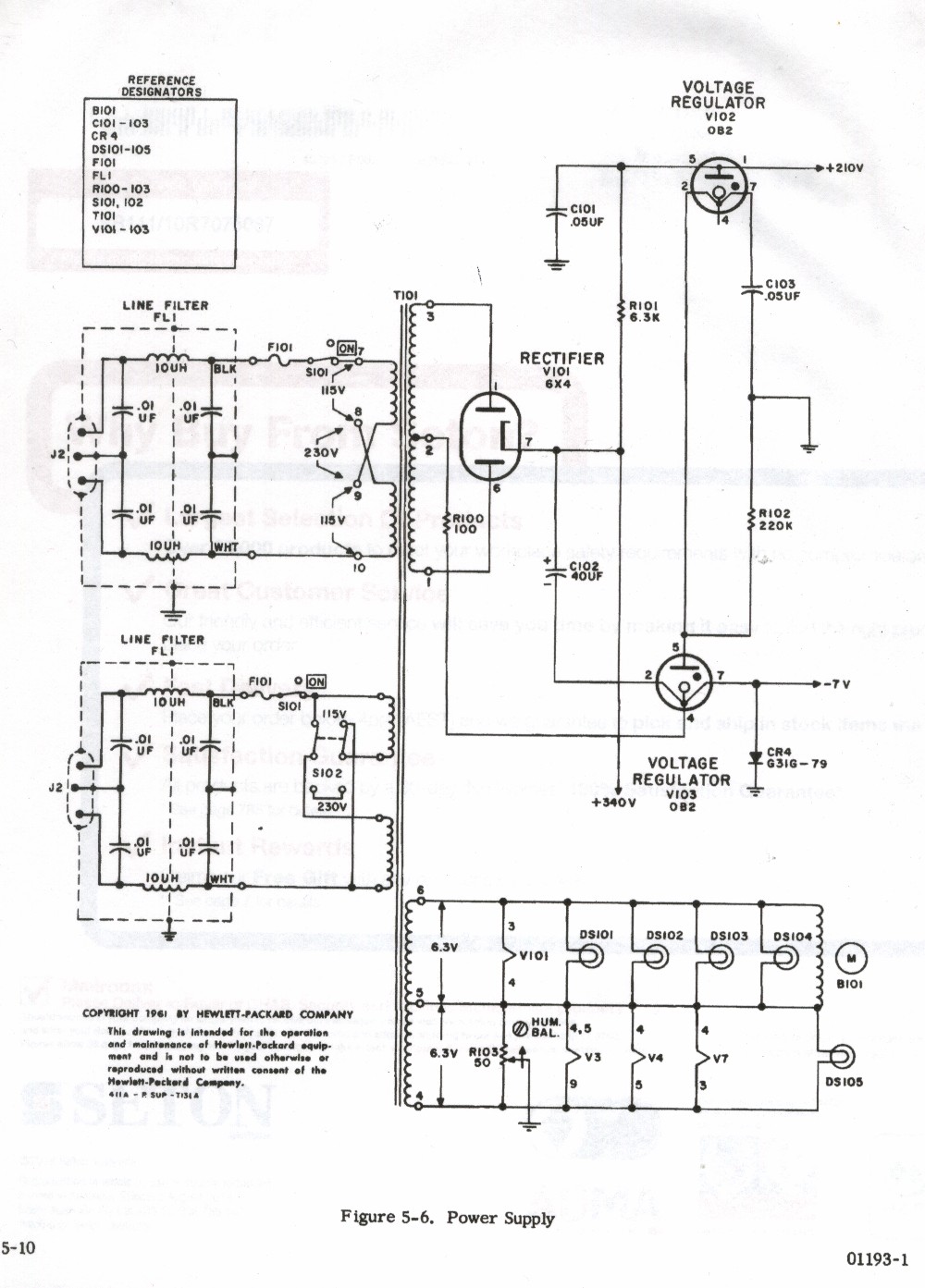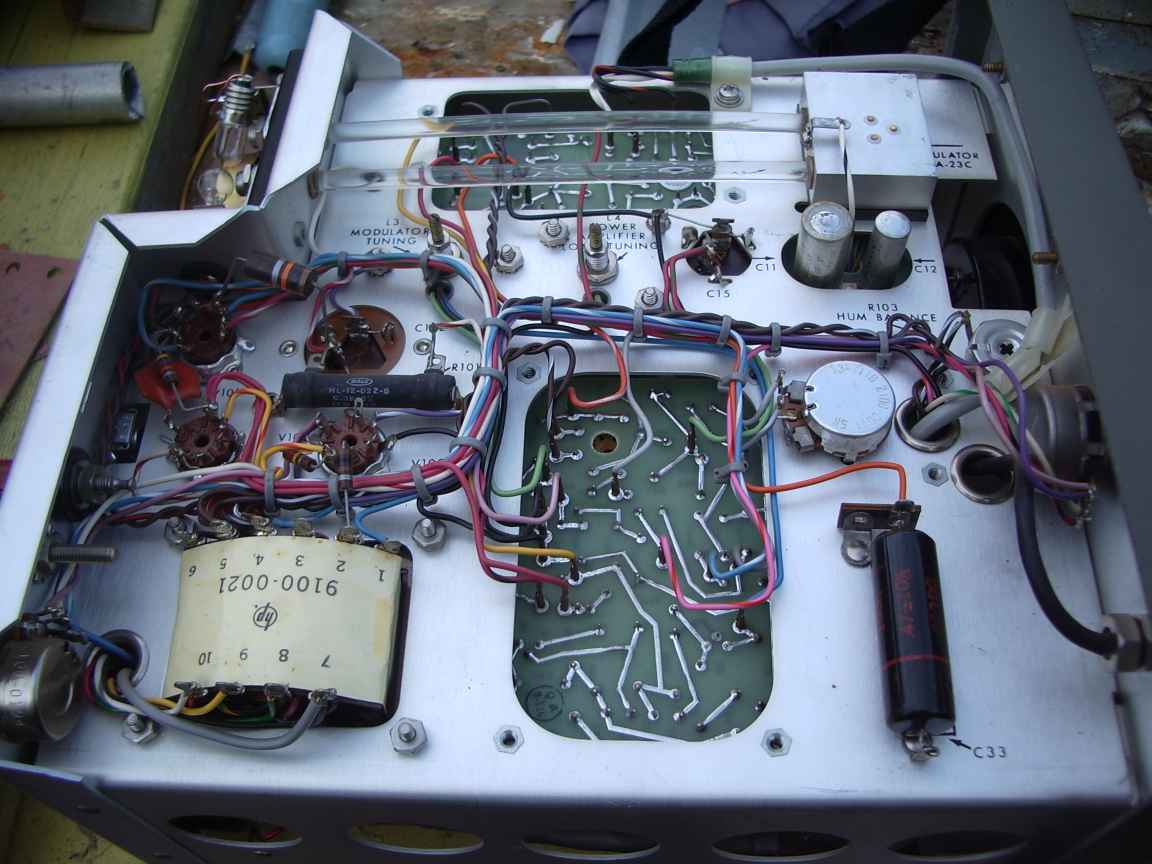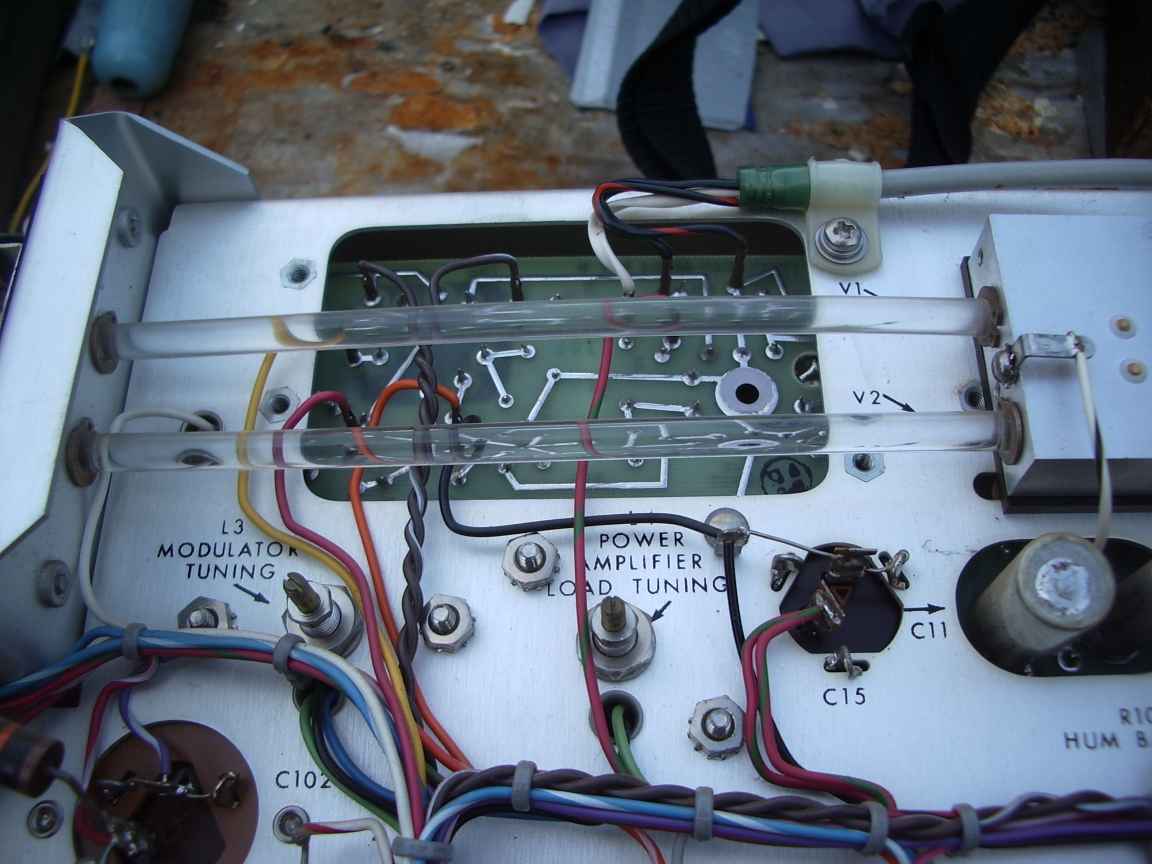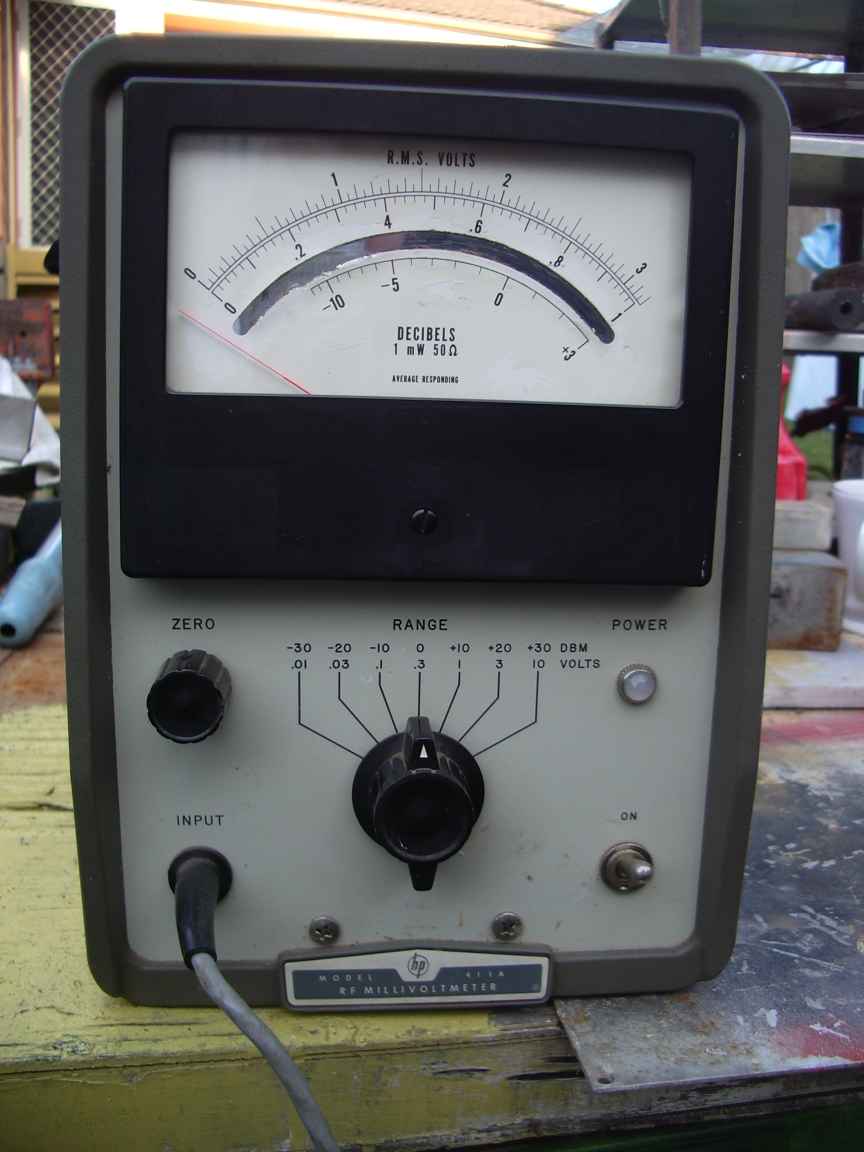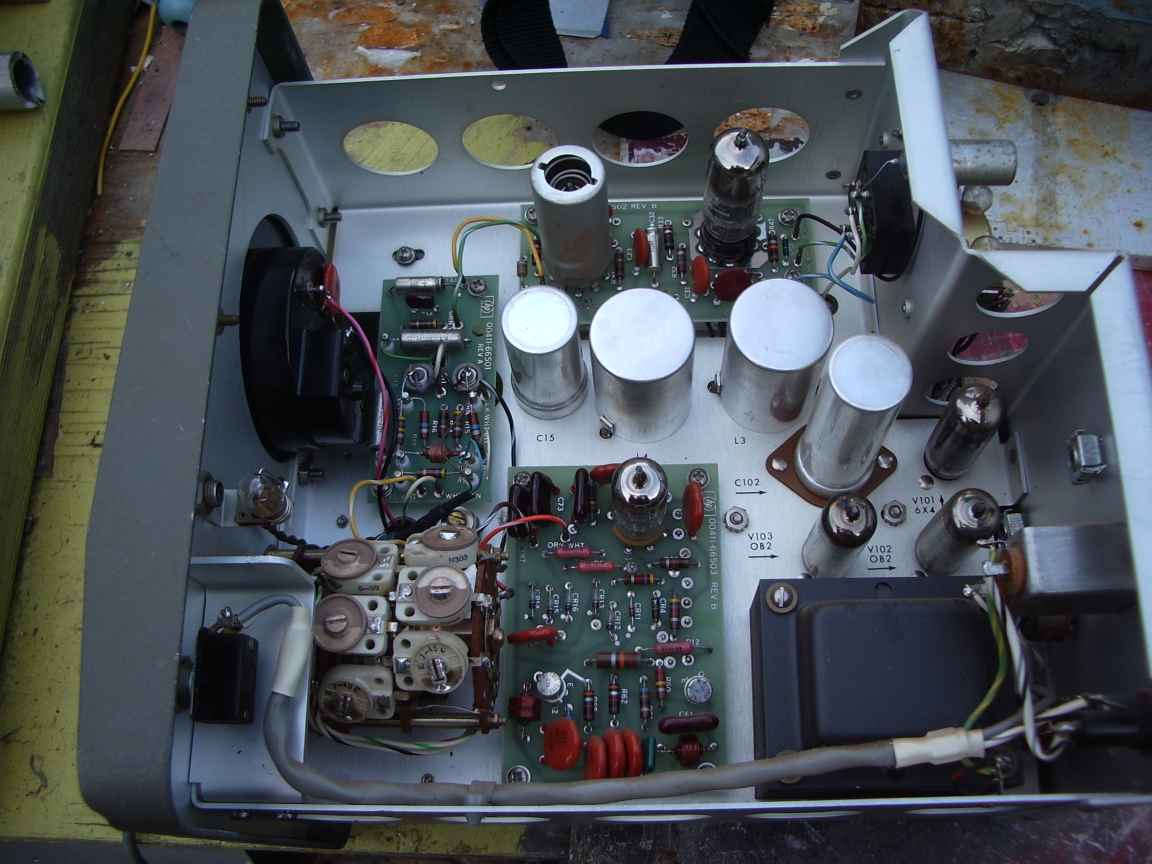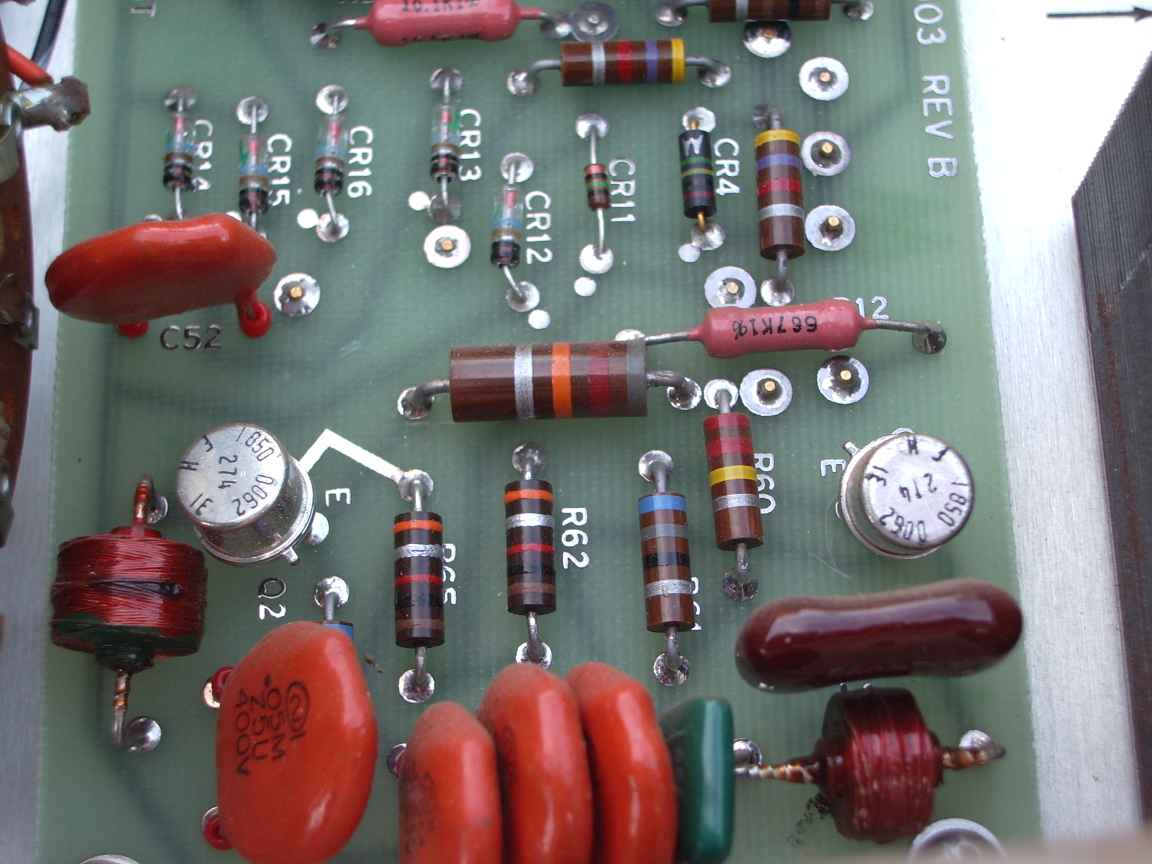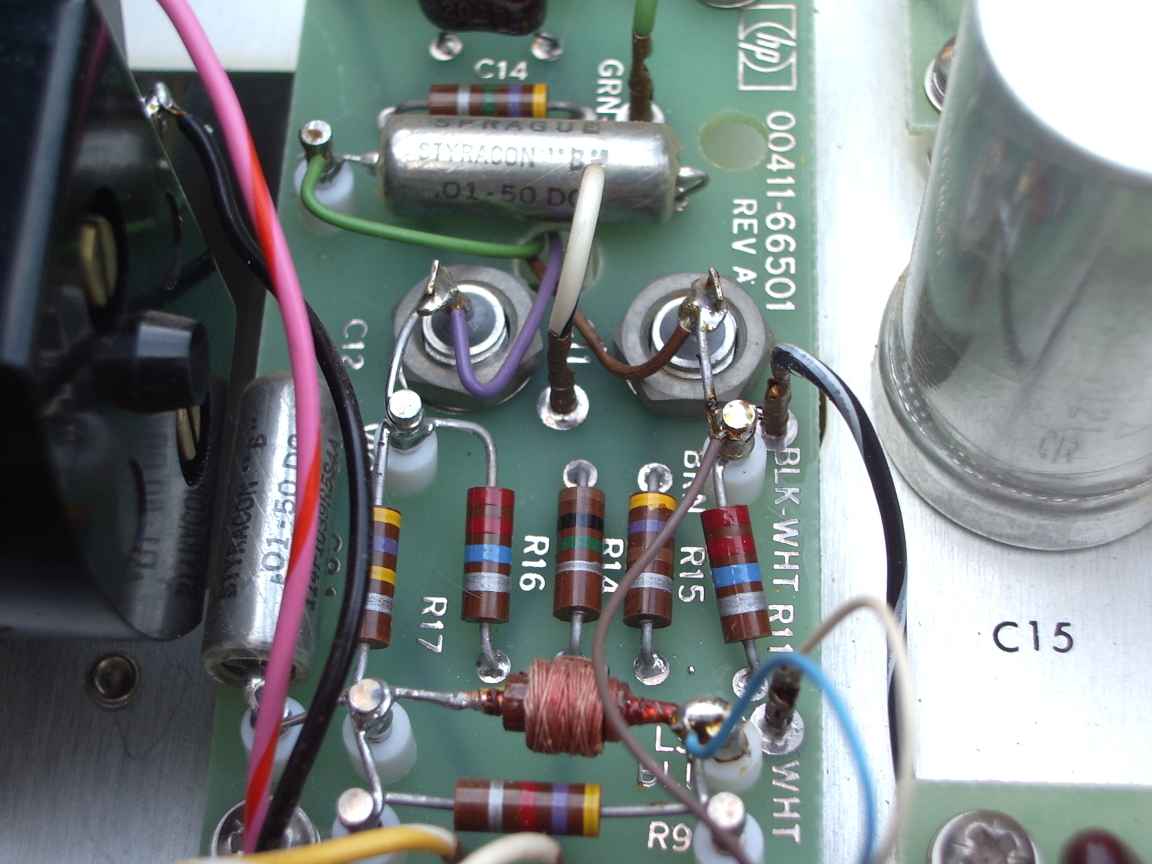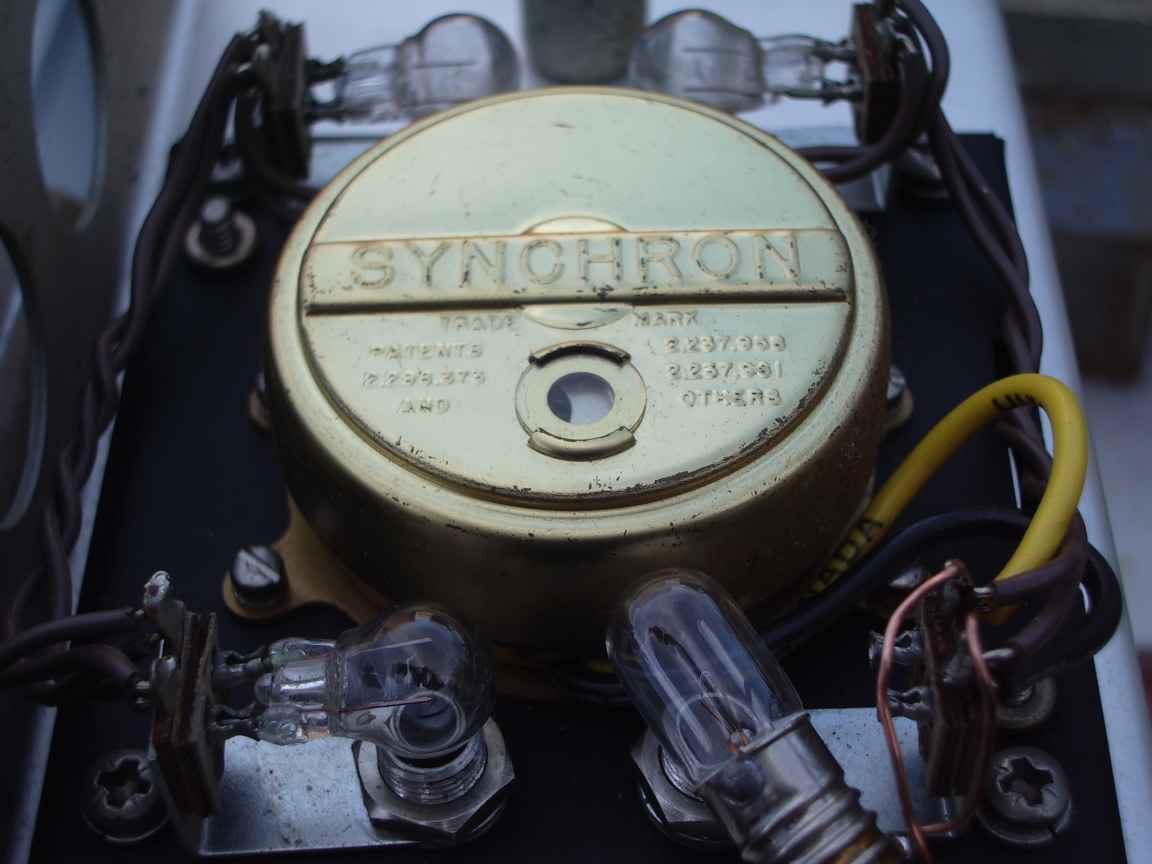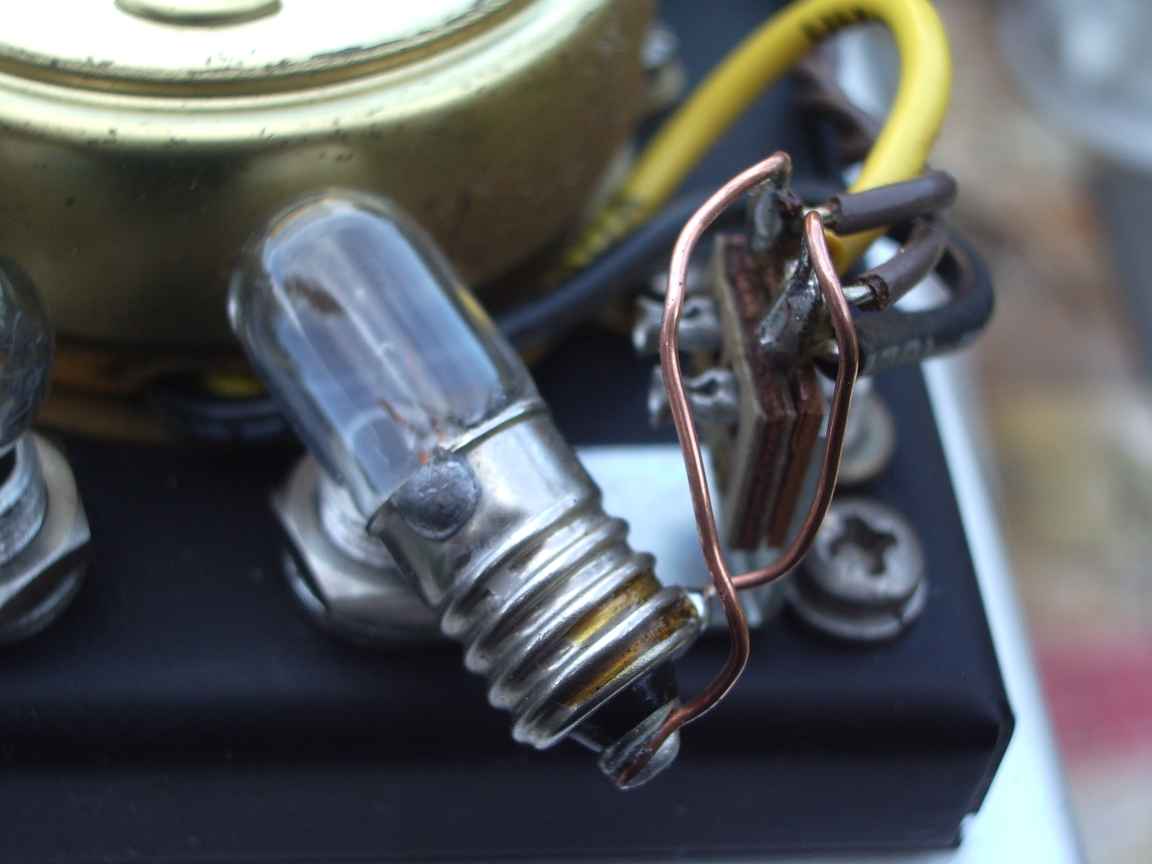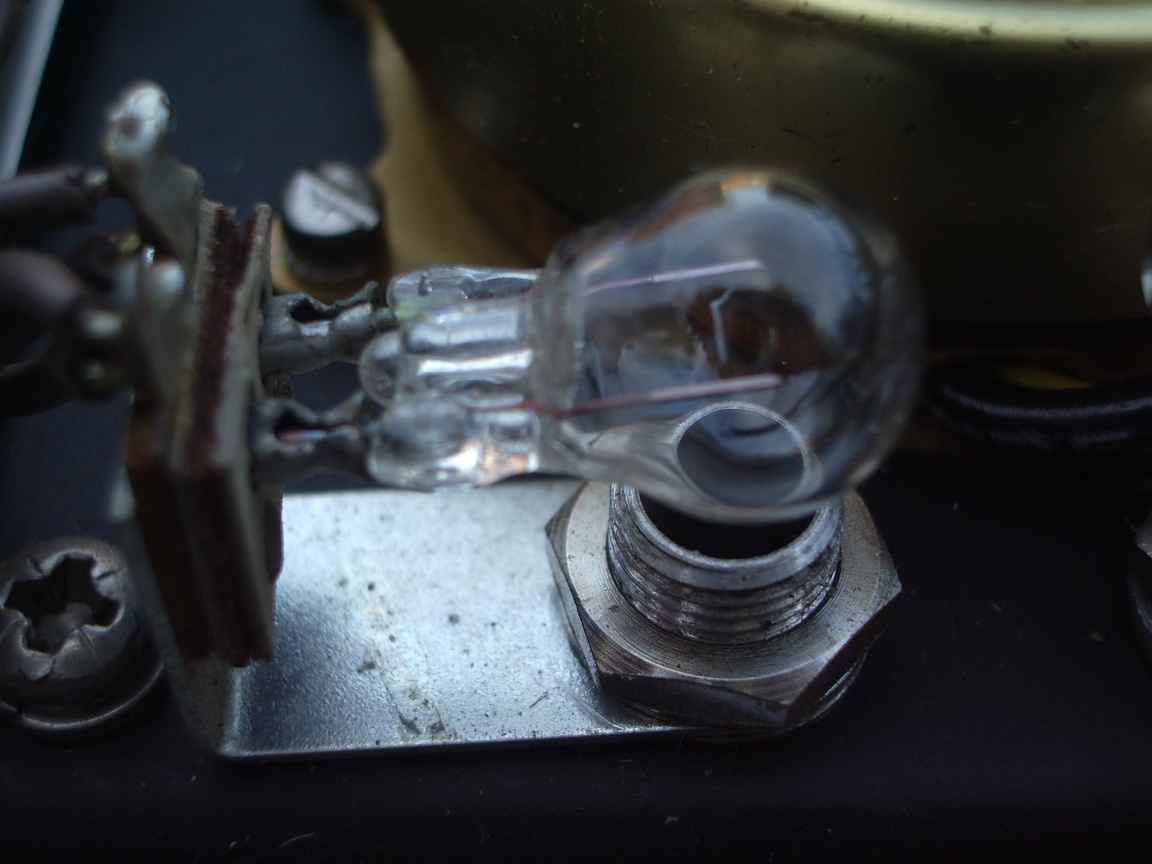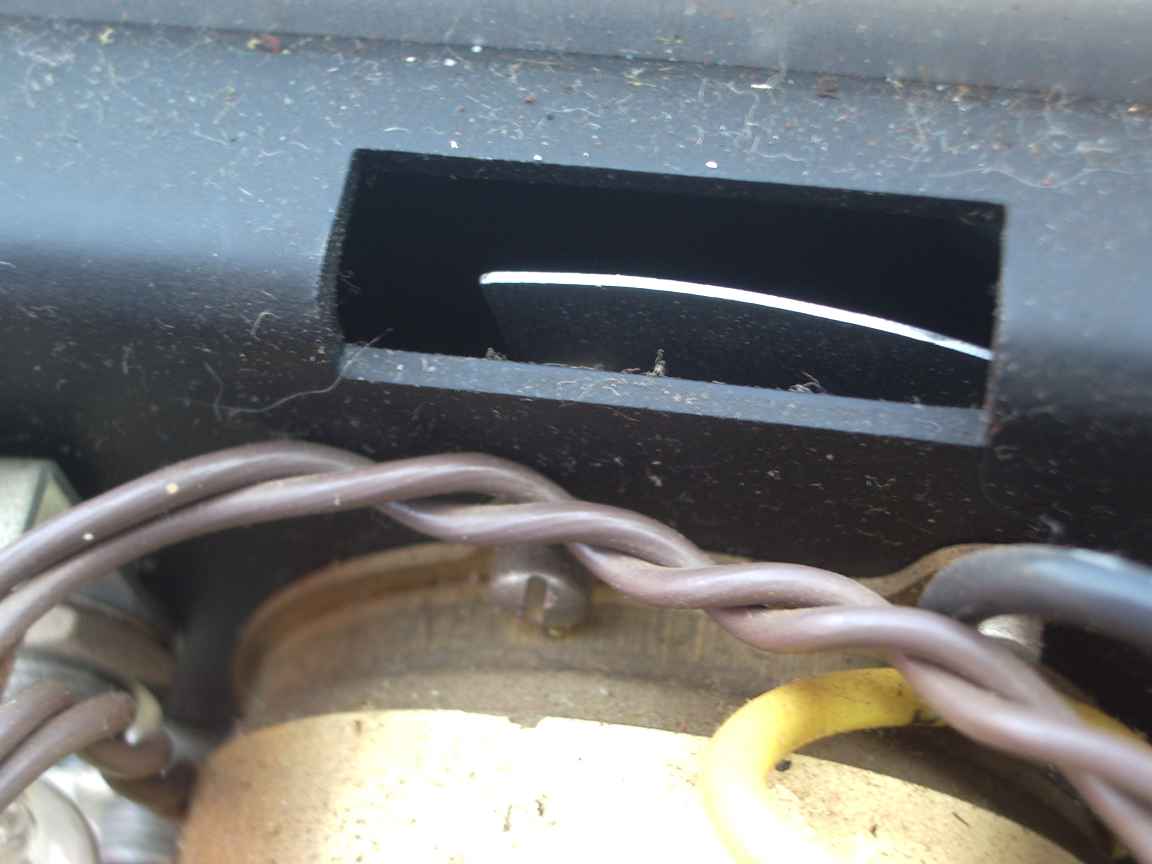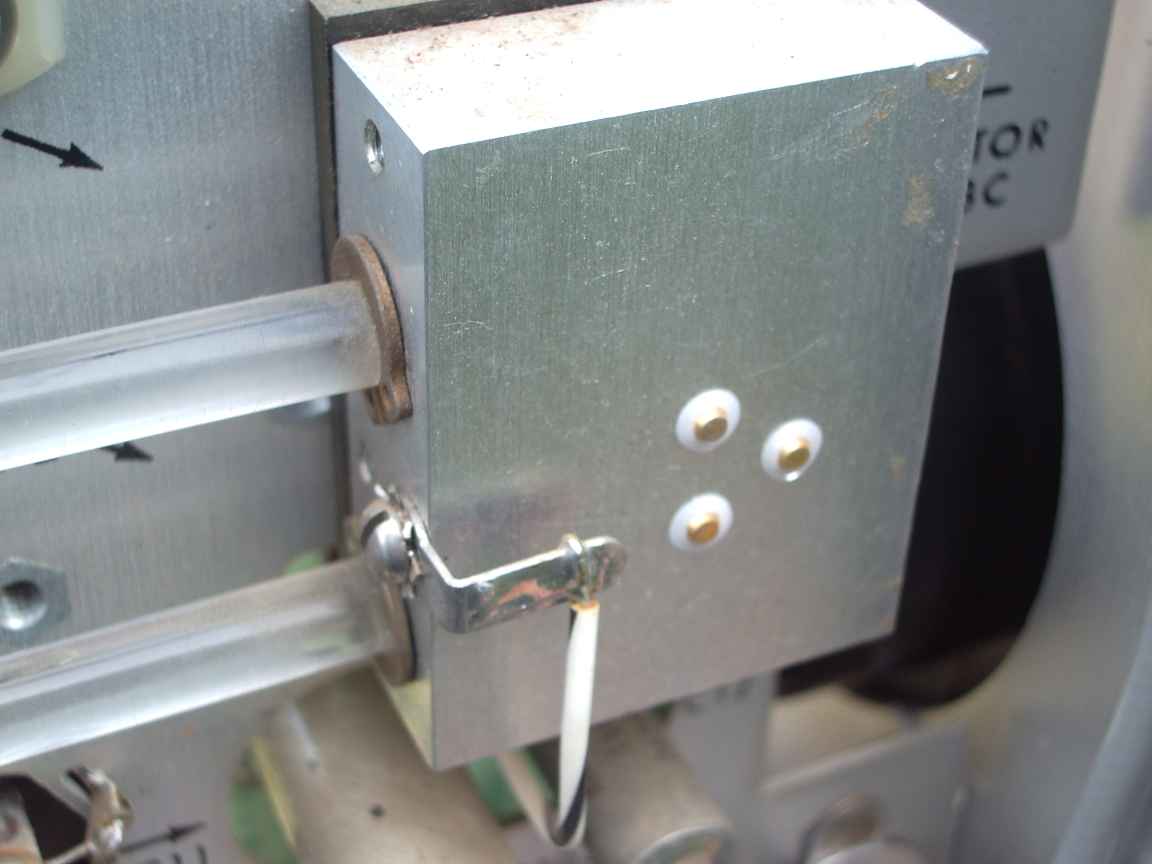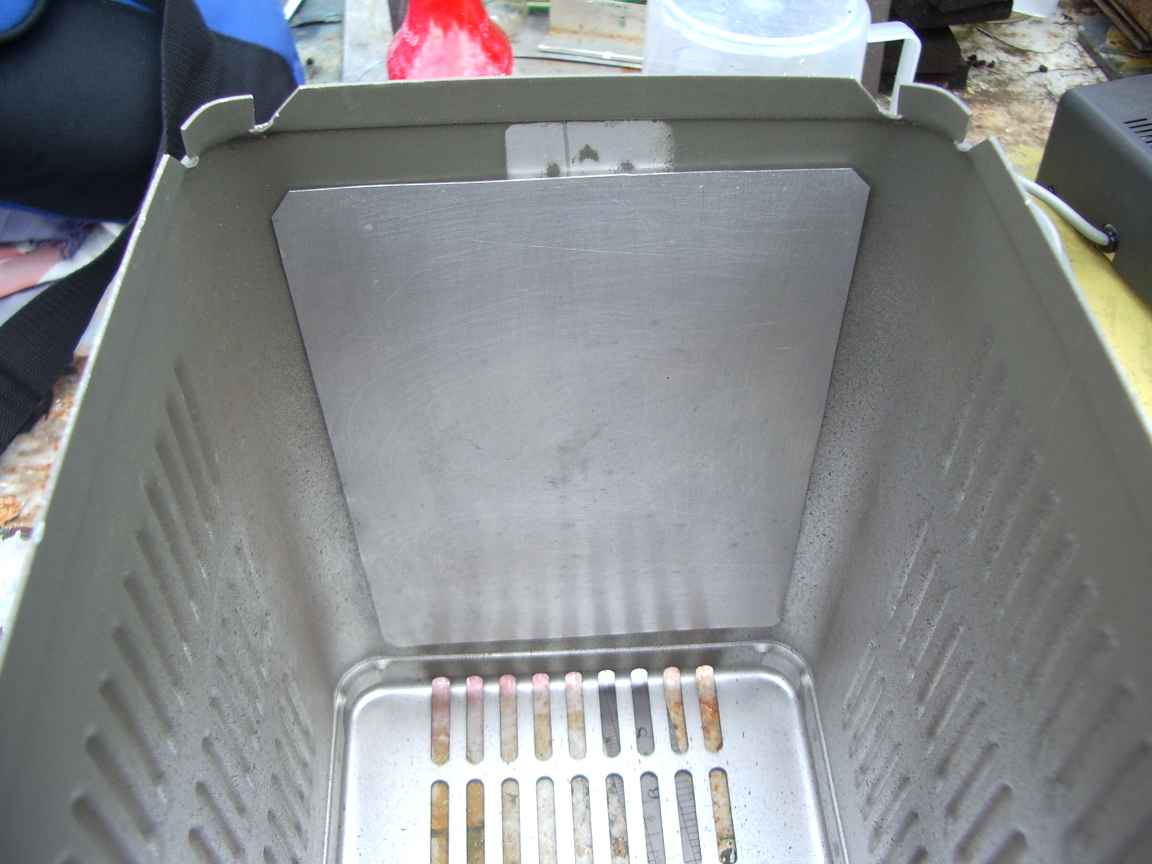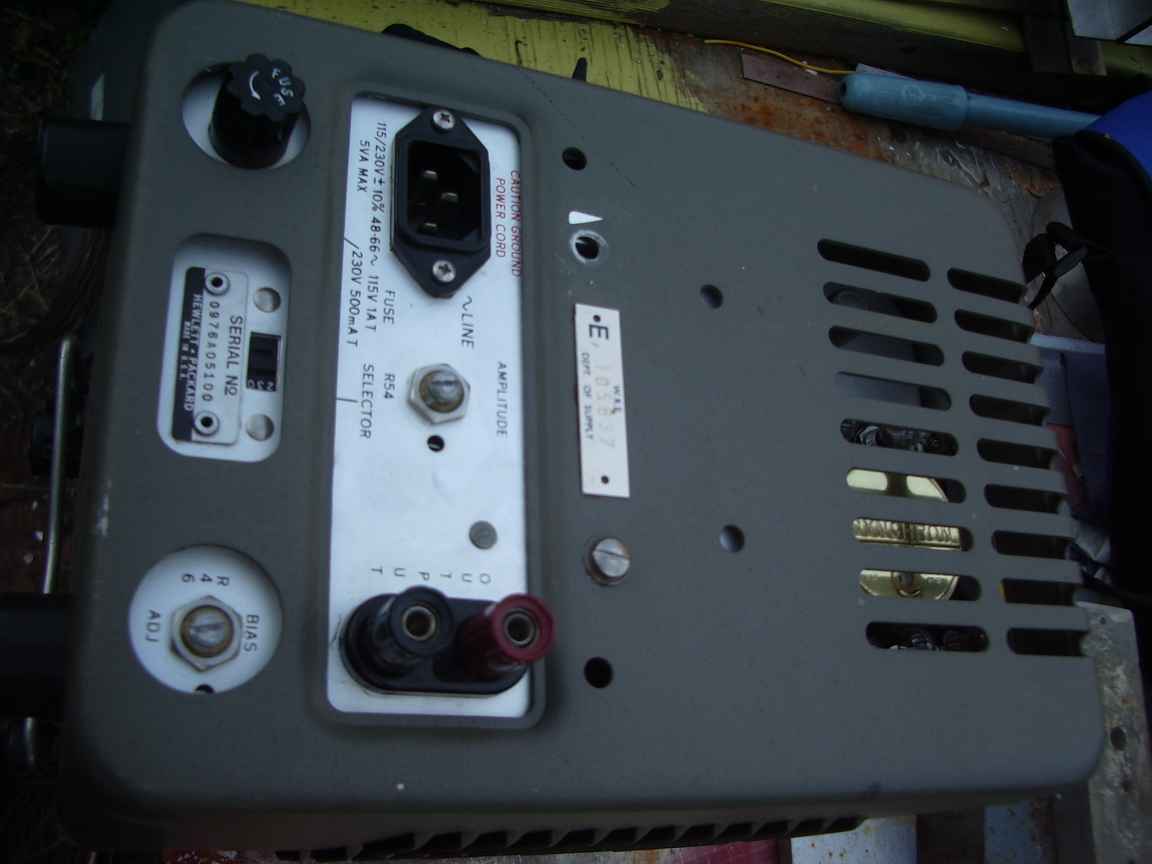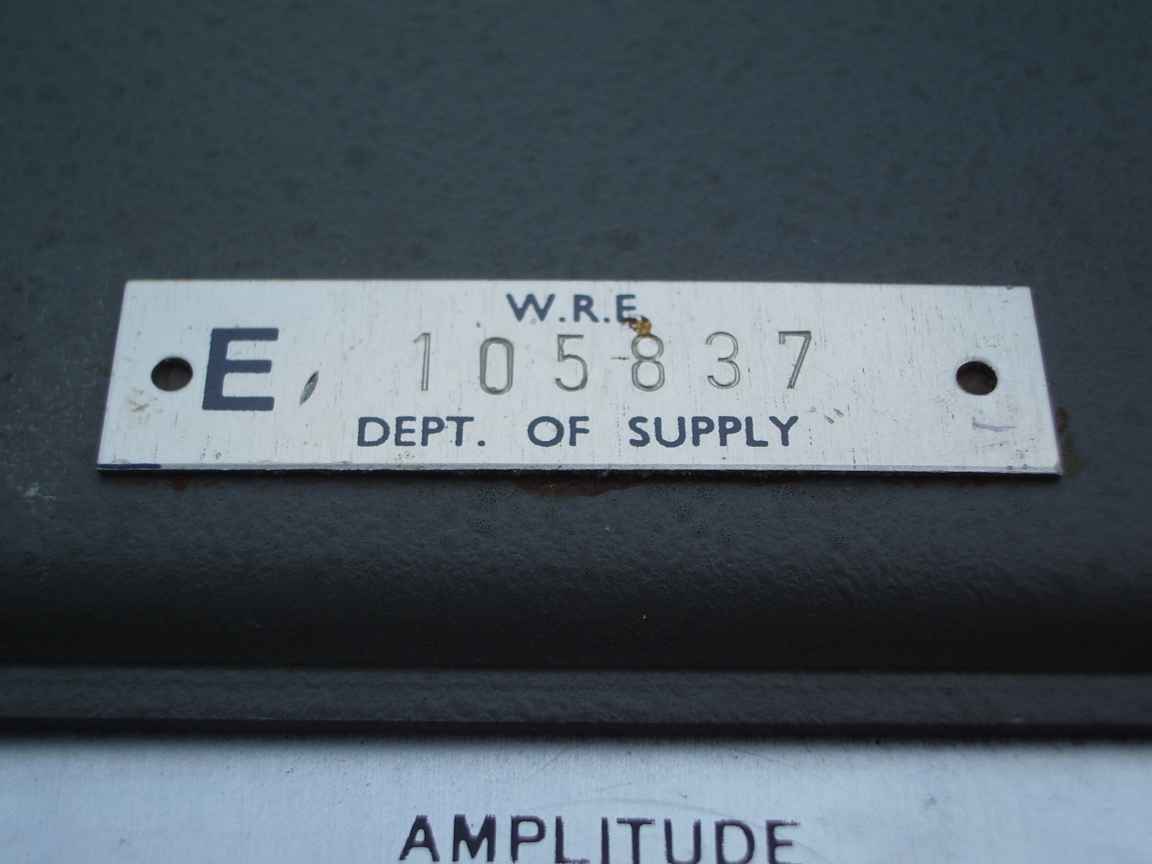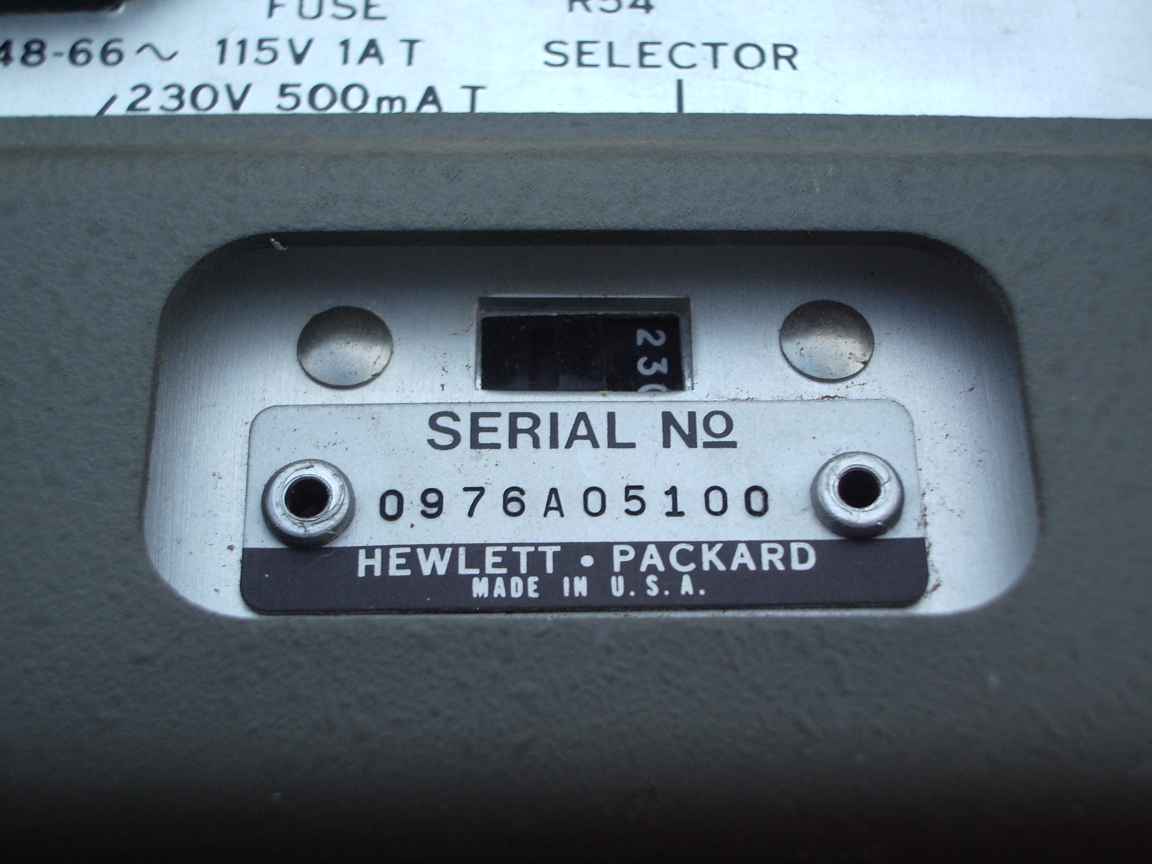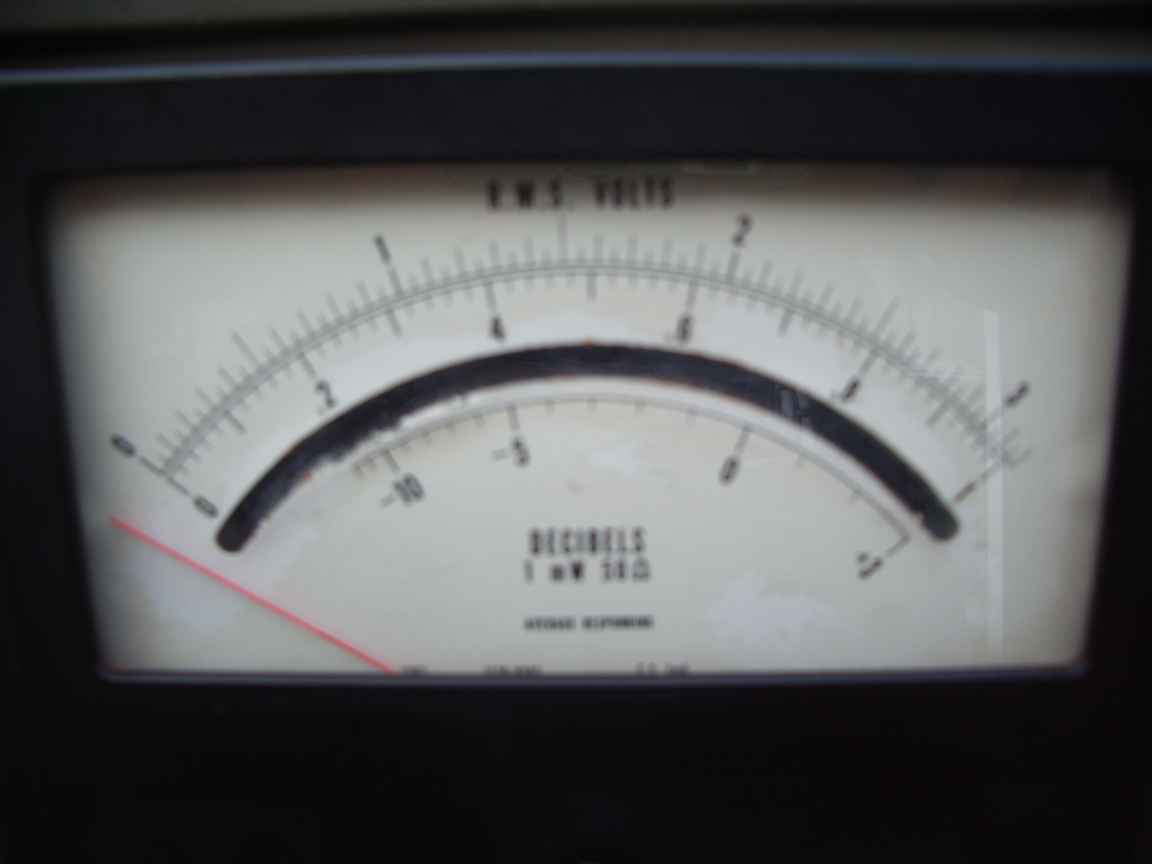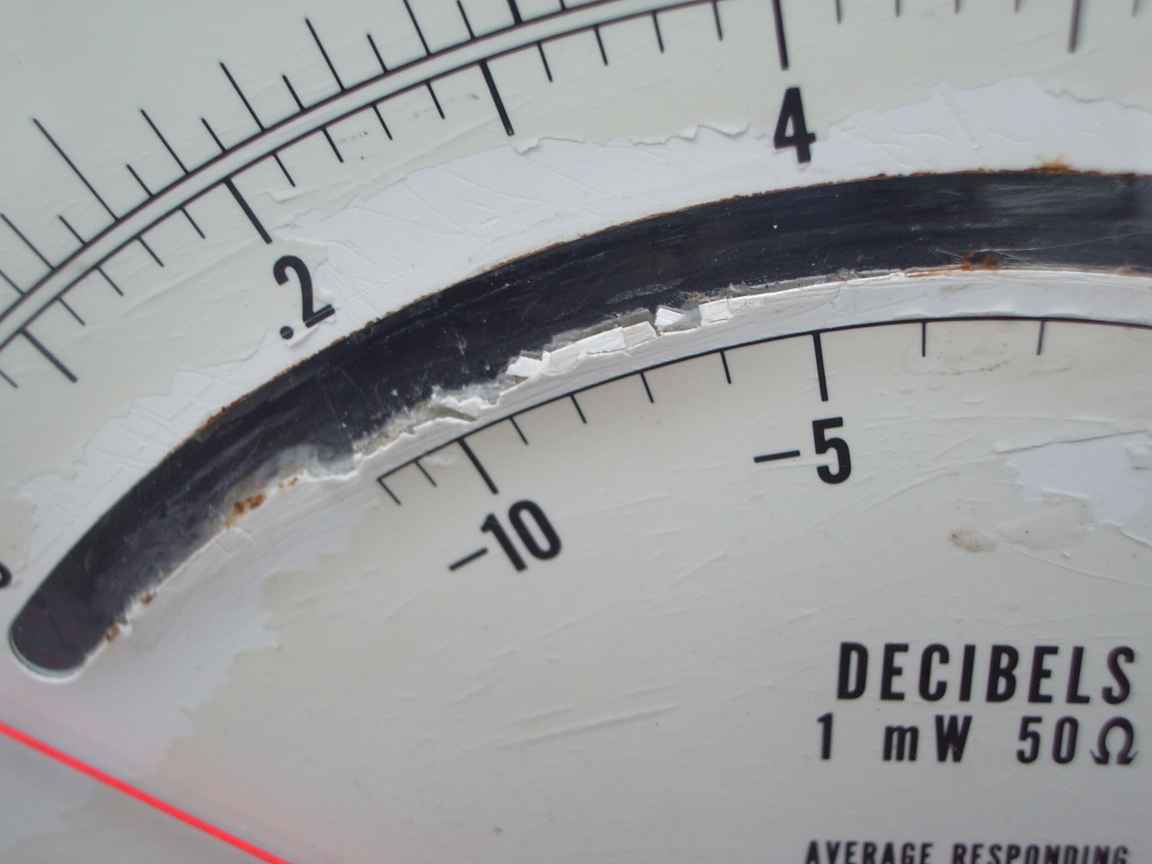Traditionally it is easy to measure RF power in WATTS. A diode peak detector is good for measuring rf power from about 0.5 Watts up. Not so easy to measure meaningfully RF power between 1 milli-watt and one watt. Diode peak detectors transition from a square law response to "linear" response somewhere at the 10milliwatt level. Do you have a rational basis for saying that your detector measures 1 volt, are you entitled thereby to conclude that the RF power is 1^2 / 50 = 20mW ? Nope, not at all. The diode equation is NOT linear , its exponential ! Do you know and understand where all the stray capacitances are in your probe ? Nope. Do you understand the non linear diode junction capacitance effects as a function of reverse bias ? Nope. Didnt think so.
A good way of calibrating a diode RF power detector is to feed a known, measurable, high power signal and compare the detector reading using a calibrated resistive attenuator. This is quite a sensible way of doing it, at least through to low VHF where we still have some faith in the behavior of resistors and stray reactances can still be managed or ignored. We have two knowns, input reference power and attenuation.
The HP411 RF millivoltmeter uses this principle to automatically measure milliwatt level signals using the comparison method. The comparison is done with a servo loop that steps down a reference internal RF source until it matches with what the "business" detector diode in the probe body is measuring. The value of the control voltage signal to the reference gain control is now " the reading". This system is self-calibrating and sensibly linear based on a collection of mostly true principles being :
- that the detector diode in the probe head and the comparison diode have similar DC and AC forward conductance curves
- that the bevaviour of a diode detector is similar at the 100kHz reference frequency and whatever it is that you are measuring. This is actually mostly true up to almost 1 Ghz !
- that the behaviour of the variable voltage controlled attenuator is sensibly monotonic, which is also mostly true !
was it possible using a design begun in the late 1950s to achieve this using the technologies and electronic components at hand ? Yes, barely. The HP411 design is required to compare and amplify sub millivolt DC signals, without offset and without drift. In an era before monolithic integrated OP AMPs, this was all but impossible with vacuum tube technology. It is possible using solid state devices to contrive a DC coupled amplifier. Due to the nature of the control grid of a thermionic valve it is generally not possible construct a DC coupled amplifier. It has been done, but these are heroic efforts required many differant finely controlled power supplies to provide many levels of controlled bias, and generally not commercially viable. The pre sixties technique for DC amplification was to use a chopper amplifier. This is still the technique of choice when the ultimate offset and drift performance is required. It is relatively easy to construct a fixed gain , low drift AC amplifier. The AC amplifier does not have any DC offset or drift BY DEFINITION ! The input DC signal is chopped at some arbitrary frequency, the resultant AC amplified, then synchronously rectified by the same chopper mechanism. The chopper output is low pass filtered or integrated to give a resultant amplified DC signal. The traditional DC chopper was a noisy buzzer with a number of commutating contacts, very prone to wear and accoustically noisy.
In the HP411 the chopper used for DC amplification is done optically using a rotary vane optical chopper . The chopped light activates a photocell which chops the DC signal coming from the detector heads' diodes. The very tiny AC component is then amplified, rectified by the same chopper assembly using differant photocells and this resultant DC signal now provides the servo control signal for the variable gain attenuation. In this device I have encountered the very first implementation of fibre optic light guides. There are a pair of plastic light pipes that take a sample of chopped light to the output chopper detector head. This was absolute genius, the alternative was to have the machine full of expensive mechanical rotating axles. This is possibly the very first instance of the commercial use of solid state light guides (pipes) to achieve a control/signalling function. There was also used, possibly for the first time, a pair of new fangled transistors. The 2N404 transistor must have cost a fortune in 1961. It was used for the 100khz reference oscillator and variable gain amplfier.
My unit thankfully came with the BNC detector head which was intact. It is a little intermittant and this problem will be addressed in the fullness of time. It consists of two diodes in an isothermal enclosure. One diode rectifies the business end of the probe, the other rectifies the 100Khz reference signal where the resultant differance signal is applied to the input chopper.
My HP411 did not work initially, but was otherwise in very fine condition with zero internal dust and grime. It must have been in good dust proof storage for a long time. There were only two faults. One of the chopper light sources was dead. Just a 6.3AC dialight. Quickly replaced. The other fault was that the paint on the meter movement had peeled. The peeled paint had prevented the meter needle from moving. This was also quickly fixed. The diode detector head only required to be reassembled. What happened then, after nearly 60 years, when I powered it on ? It is original golden age HewletPackard, so no surprises here. Off course, it just worked !!!
I have made only one modification, and this time it is not to the electronics. The case has ventillation holes on top. In my experience, they are rarely required and only permit ingress of dust, debris and fluids. If things get so appalingly hot then I fit a ventillation fan to my boatanchors. A great deal of internal corrosion in boatanchors is due to the corrosive action of moisture and dust that has entered the equipment from top ventillation holes
